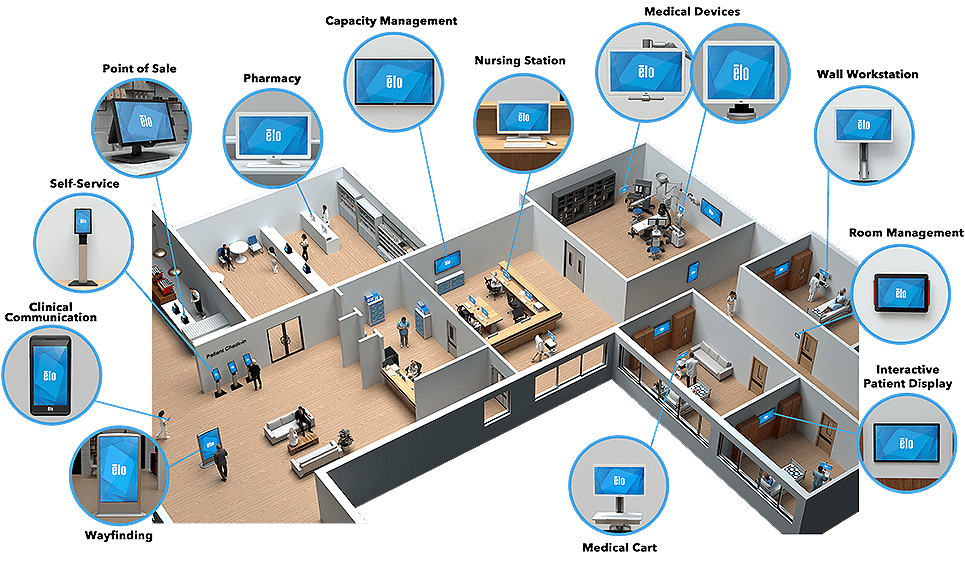Why interactive technology benefits both patients and healthcare professionals
It is no secret that the healthcare sector has fallen quite far behind the leading edge in technology. While the private sector bounds ahead, we are leaving our doctors and nurses working with antiquated models of care and equipment that is often past its best. Front line healthcare staff are overstretched. With patient numbers increasing every day and an enormous backlog created through the pandemic, targets are continually being missed and it is difficult to see the health service in this country ever truly returning to normal.
There is no silver bullet answer to all these problems but bringing some newer technologies onto the frontline in doctors’ surgeries and hospitals could ease some of the pressure placed on the staff. This would give patients some more autonomy, allowing them to have an input into the care that they are receiving and deliver a personalised service for each patient’s needs.
The informed, empowered patient
While we have all been warned of the dangers of googling our symptoms, the internet has revolutionised the way that we approach our own medical care. Patient education had changed dramatically because we can all access an enormous wealth of information about medical conditions and possible treatments. We also expect doctors to explain conditions fully and walk patients through suggested treatment plans. This influences the therapeutic relationship as patients may feel that they can make a collaborative decision with their physician regarding their care, rather than just allowing the doctor to decide what is best for them.
The use of interactive technology is emerging as a healthcare delivery model that emphasizes providing educational and entertainment resources to the patient. This works of the premise that a more involved and engaged patient will have a more positive experience and therefore a better outcome. The interactive technology delivery model is characterised by interactive services such as pain management, where a patient can press a button to administer their own pain medication as they feel they need it, this would be tailored to meet the patient’s individual needs.
Interactive technology for an engaged patient
Before patients enter their ward or their room they could have access to interactive technology, like medical panel PCs and self-service kiosks that enable them to find important information quickly. Coupled with other technologies like digital signage to direct them to their destination their journey into the hospital can be made much more seamless by technology.
Once placed in the care of medical staff, one of the hardest things about being confined to hospital is giving up autonomy. Interactive technology in the form of a self-service kiosk can give a patient the freedom to control their environment. They can alter things like the room temperature, the angle of their bed or even manage their own pain medication. All of this works together to reduce stress levels, which will have a positive impact on recovery.
This increased level of engagement will have a knock-on effect on the stress levels of staff. If their patients can take care of things like pain management and physical comfort themselves, it frees up nurses and clinicians time for tasks that require their professional input.
How can Distec help with healthcare technology?
At Distec we have extensive experience in delivering digital healthcare solutions that are designed to help patients, doctors and nurses.
Medical PCs can be installed to increase patient engagement, streamline operational efficiency, improve infection control and boost productivity, giving staff more freedom to focus on delivering the best possible care. Interactive touch screens can be used throughout hospitals and doctors’ surgeries to give patients some control over their experience.
Giving patients access to smart technology will not only improve their hospital experience but can play a significant role in their overall recovery.
To find out more click here or contact us for information.

